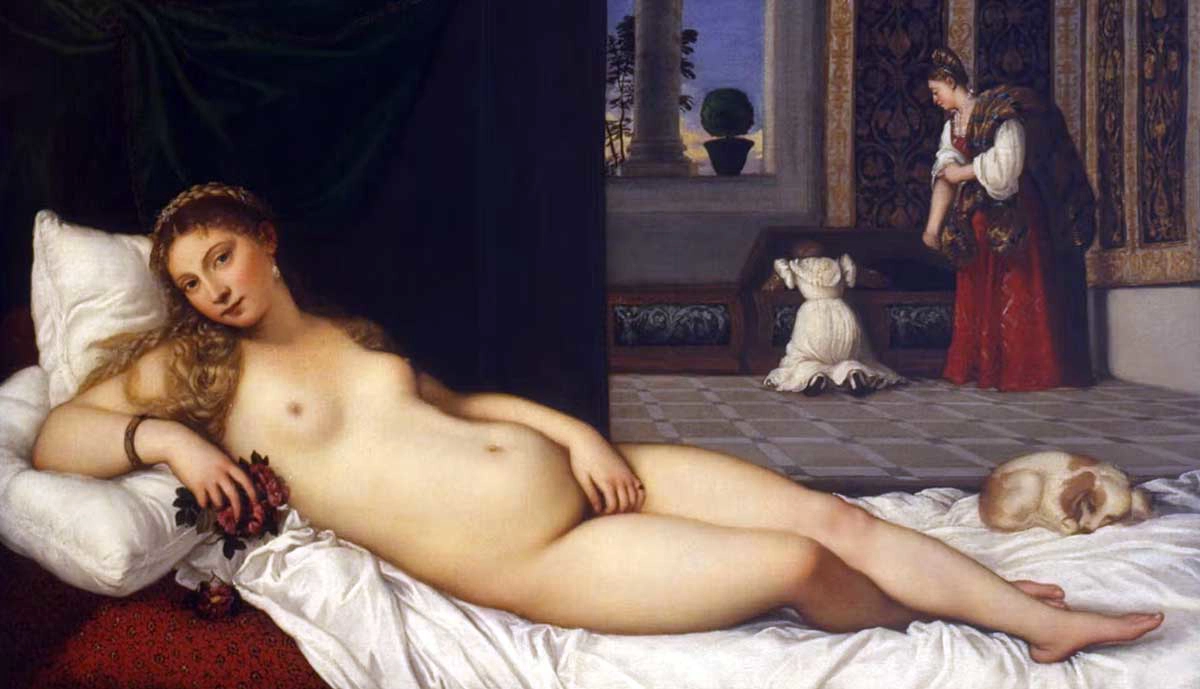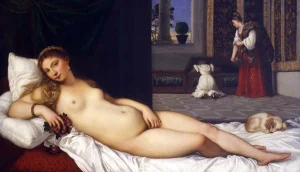When Rome’s elite filed into the Borghese residence, they weren’t there for wine. They came for a glimpse behind heavy curtains—where Antonio Canova’s latest caused a collective intake of breath. There lay Pauline Bonaparte Borghese, half-nude, reclining as Venus Victrix.
“Did you pose completely naked?” a guest blurted.
“Of course,” Pauline said. “The studio was warm.”
Indignation, envy, delight—exactly the stir she wanted.
From Corsican Girl to Imperial Provocateur
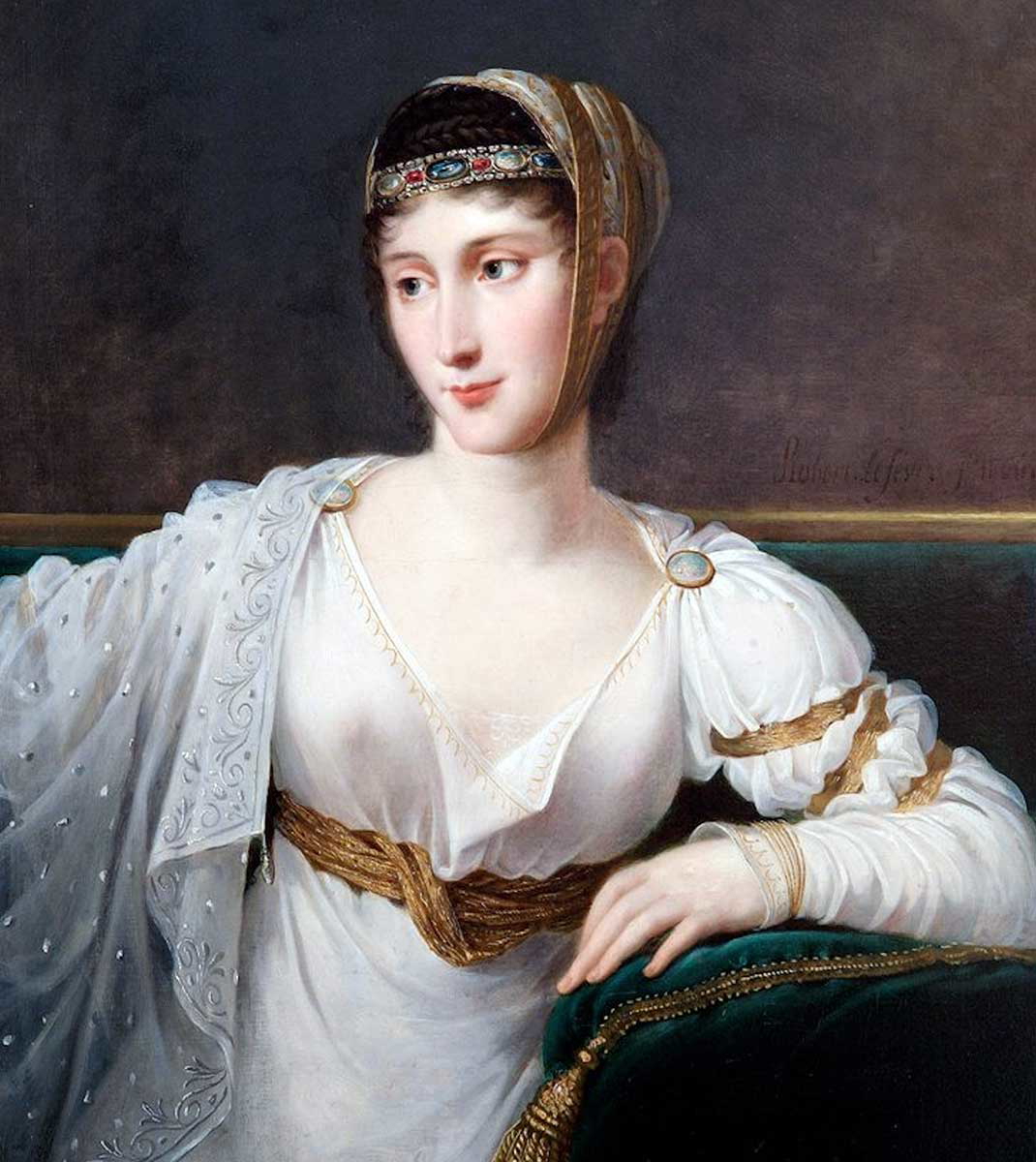
Born Paola (Pauline) Bonaparte to Letizia Ramolino and Carlo Bonaparte, Pauline grew up with little formal schooling but disarming beauty and an appetite for attention. Even Metternich admitted she was “as handsome as it is possible to be.” Napoleon, alarmed by her flair for scandal, married her to General Charles Leclerc. In Saint-Domingue, she played colonial princess—balls, receptions, rumors—until yellow fever made her a widow in 1802.
Back in Europe, Napoleon found her a second match: Prince Camillo Borghese, one of Italy’s richest men and heir to Rome’s great art dynasty. The union gave Pauline a stage equal to her ambition—and gave Canova his most famous modern goddess.
Ordering a Myth: How the Statue Happened

Borghese wanted to please; Pauline wanted to dazzle. Canova first proposed Diana, a safer, chaster choice (and a neat pendant to his heroic Napoleon as Mars the Peacemaker). Pauline overruled him. She would be Venus—triumphant, apple in hand, “the fairest of them all.”
Canova worried about reputation—portraying a semi-nude princess could look like court propaganda. He leaned into myth and classicism, the language of taste in a Europe obsessed with Pompeii and Herculaneum. The result is more than a portrait: it’s a mythic mask that also reads as unflinching self-display.
How Canova made her marble glow
- Live studies and casts informed a full-scale plaster.
- The finished marble was waxed to a skinlike sheen.
- The couch sat on a rotating base, so private audiences could admire every angle—an engineered spectacle.
Reading the Sculpture
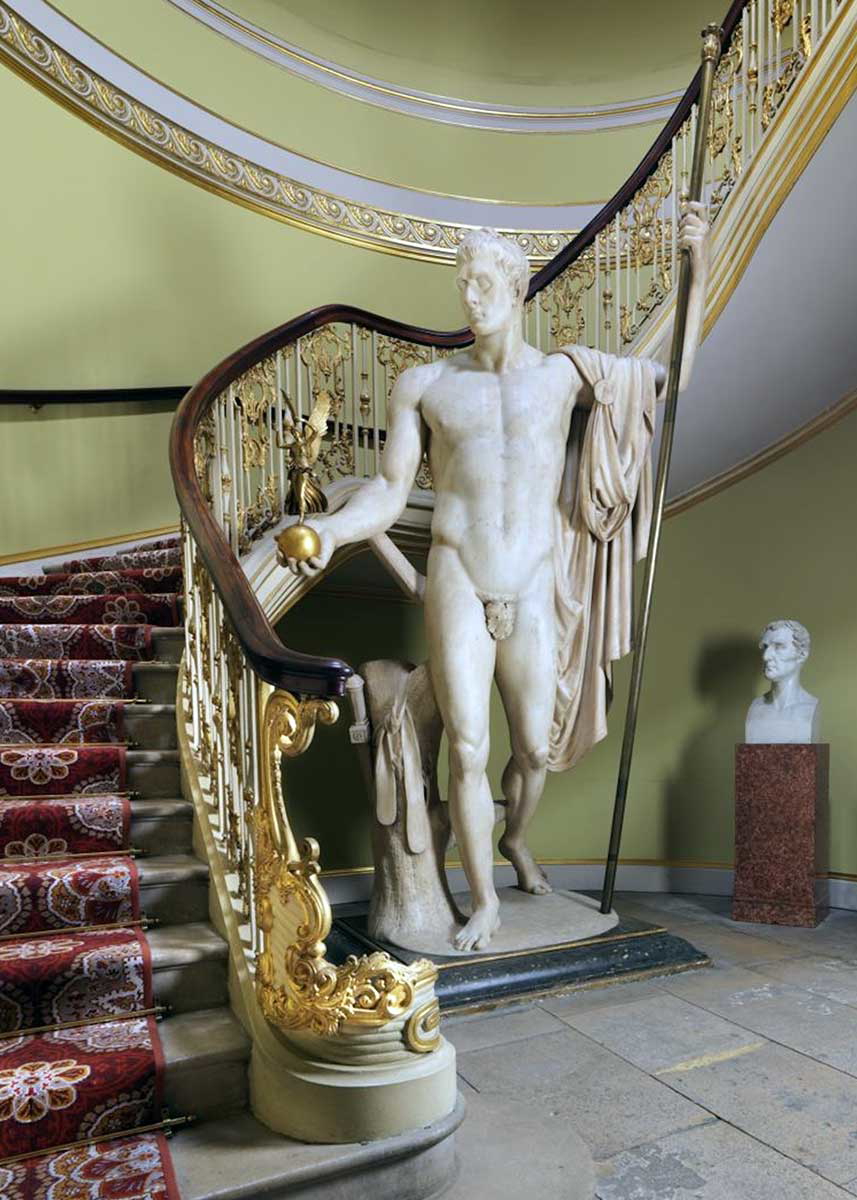
Paolina Bonaparte Borghese as Venus Victrix (1805–08) shows Pauline reclining on a richly draped lectus. She holds the apple of Paris, her gaze composed, almost amused. Details do the seduction: the Psyche knot revealing the neck, the fine fingers, the drapery that covers—and very carefully does not cover—her hips.
Critics often pair it with Titian’s Venus of Urbino: both figures recline, meet the viewer’s eyes, and invite a double reading—goddess and woman, ideal and individual. Canova updates that Renaissance frankness in cold, perfect stone.
The Private Show Everyone Talked About
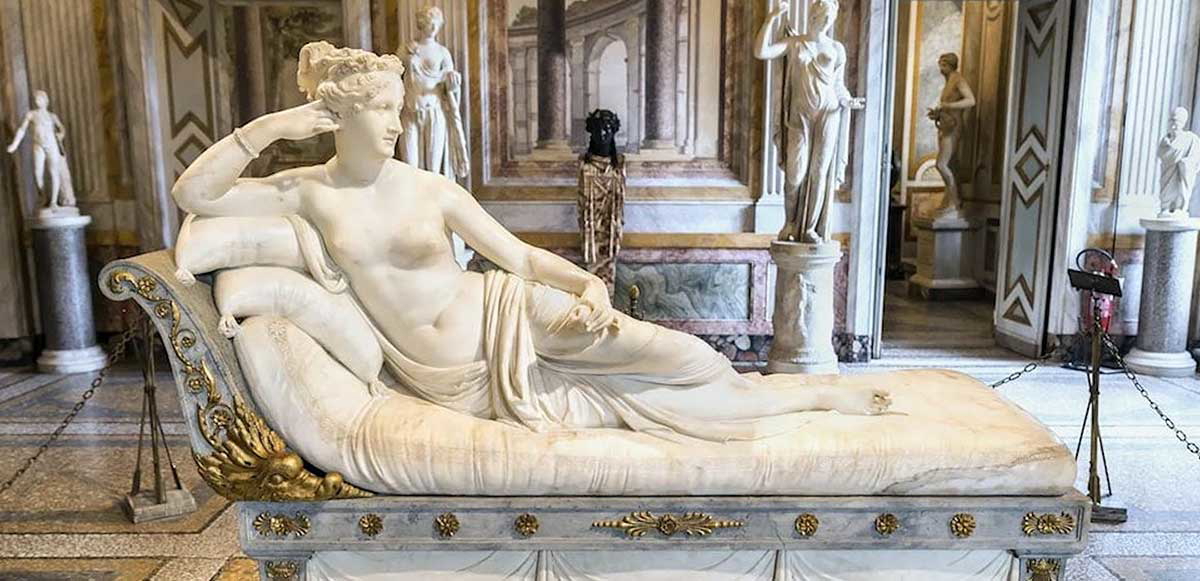
Borghese displayed the statue by invitation only. Candlelight, a tugged curtain, a slow turn of the base—theater. Pauline cultivated the rumors (did she pose nude? she never denied it). The nickname “Messalina of the Empire” followed her; she wore the shock like jewelry.
Her marriage, less glittering: Pauline publicly mocked Camillo’s impotence and pursued affairs. Yet the statue—his commission, her idea—bound their names forever.
A Life in Orbit—and in Decline
Personal grief shadowed the spectacle: Pauline’s only child died in 1804, and her health faltered. 1814 ended the imperial fantasy; Napoleon went to Elba, and Pauline liquidated assets to join him. Camillo revealed a long affair and lived apart. Brief reconcilation, then Pauline’s death in 1825, likely from cancer.
The statue traveled too—to Turin, then Genoa—before returning to Rome in 1838, where it remains a centerpiece of the Galleria Borghese.
Why It Still Matters
- Self-fashioning: Pauline weaponized beauty, rumor, and myth to wield a kind of soft power.
- Art and politics: Canova cloaked a living scandal in classical virtue, testing how far Neoclassicism could sanitize desire.
- Modern celebrity: A curated “private viewing,” engineered lighting, a quotable line—Pauline understood publicity before the word existed.
In marble, she’s both untouchable goddess and a woman who chose how the world would see her. The pose endures because it answers a modern question with ancient clarity: who owns the image—the artist, the patron, or the sitter who decides to be a myth?
If You Go
- Galleria Borghese, Rome — Timed tickets required; the Venus Victrix room is a highlight.
- Pair with Canova’s other works (Rome, Venice, Possagno) and with Renaissance precedents like Titian’s Venus of Urbino at the Uffizi for a fuller before-and-after.

